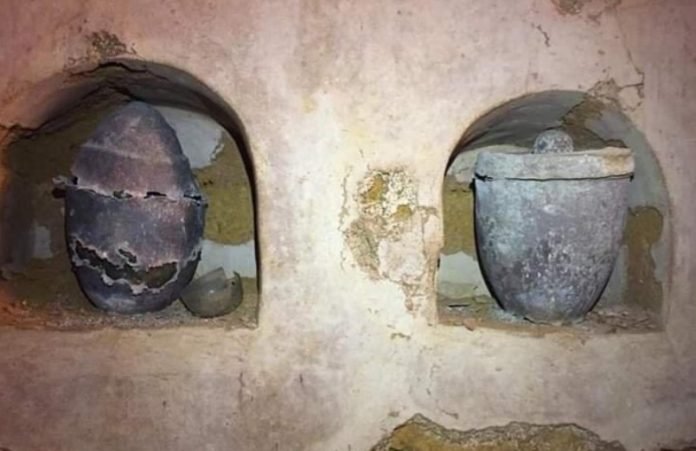
Have you ever wondered what ancient Rome smelled like?
A group of researchers at the University of Cordoba have recently made a fascinating discovery that brings us closer to answering that question.
For the first time, they have been able to figure out the recipe of a Roman perfume, over 2,000 years old!
This all started with the discovery of a small jar of ointment in Carmona, a place that was once a Roman city known as Carmo. This jar was found in a funerary urn, a container used to store the ashes of a deceased person.
Fast forward two millennia, a research team led by Professor José Rafael Ruiz Arrebola managed to analyze the contents of this jar and found out what this perfume was made of.
The details of their work were published in the journal Heritage.
This ancient perfume was discovered in 2019 during an excavation at a site where a house was being built.
The archaeologists found a mausoleum, a type of fancy tomb, which probably belonged to a wealthy family. The tomb had the remains of six adults – three men and three women.
In one of the urns, which belonged to a woman aged between 30 and 40, they found a small bag. Inside the bag, along with three amber beads, was a small jar carved from rock crystal, shaped like a tiny amphora, a kind of container used in ancient times. This jar had the remnants of an ointment inside.
The jar was special not only because it was carved from rock crystal, which was pretty rare and expensive in those days, but also because it was perfectly sealed. That’s why the solid remains of the perfume were well-preserved inside, which allowed the researchers to study it.
To figure out the ingredients of this perfume, the scientists used different high-tech methods, like X-ray diffraction and gas chromatography. They found out that the perfume had two parts: a base, probably vegetable oil, which helped preserve the aromas, and the essence itself.
And the best part? According to the chemical analysis done by the university team, ancient Rome smelled like patchouli! This is an essential oil made from the leaves of the patchouli plant, which comes from India. It’s still commonly used in perfumes today, but we didn’t know it was used in Roman times until this discovery.
The archaeologists believe that this perfume was probably very valuable, considering where it was found and the material of the jar that contained it.
This discovery has opened up a new chapter in our understanding of Roman perfumery, and the team is already working on other interesting finds from the Carmona mausoleum. Stay tuned for more ancient revelations!



